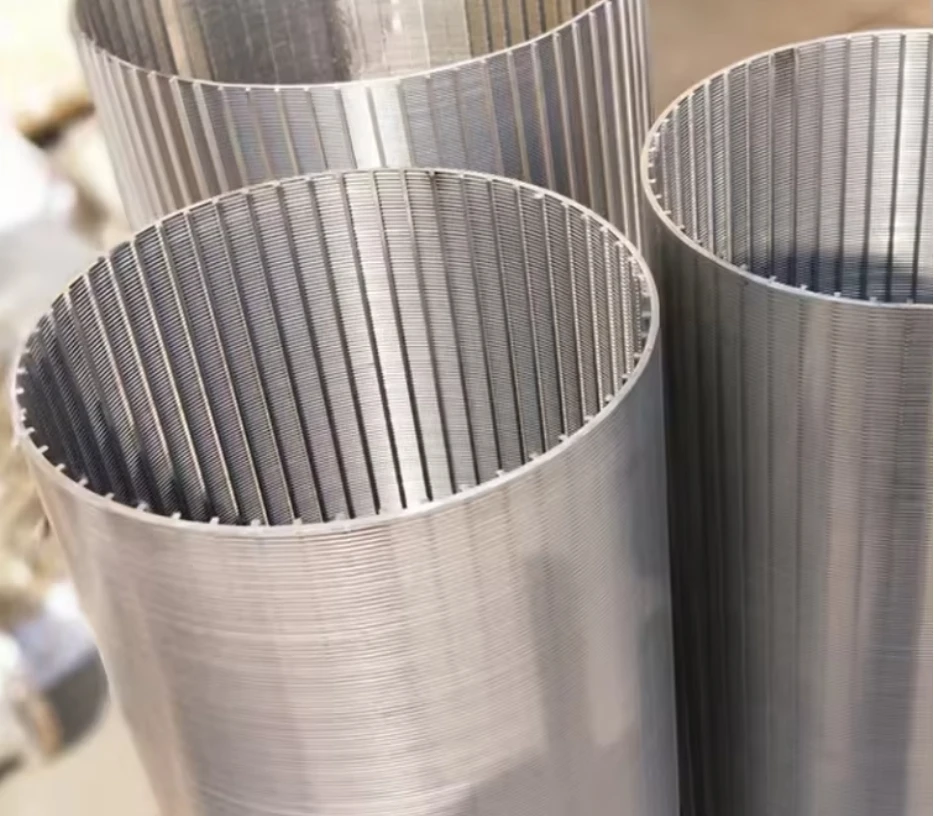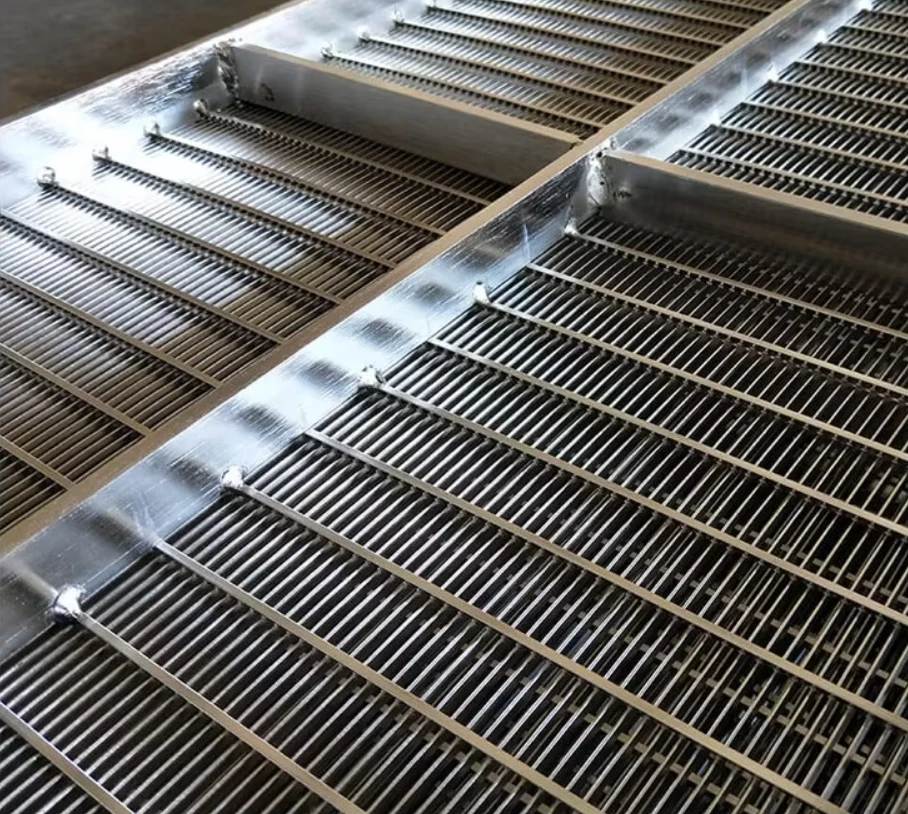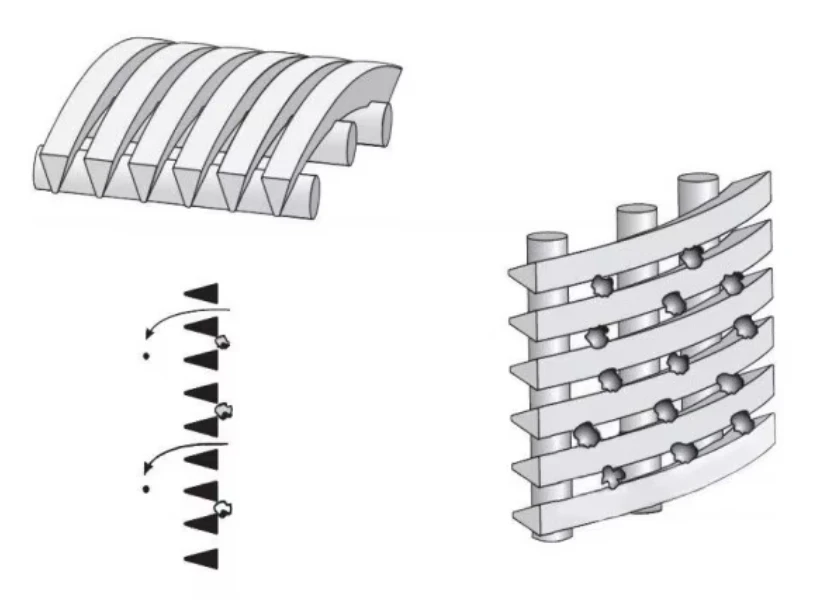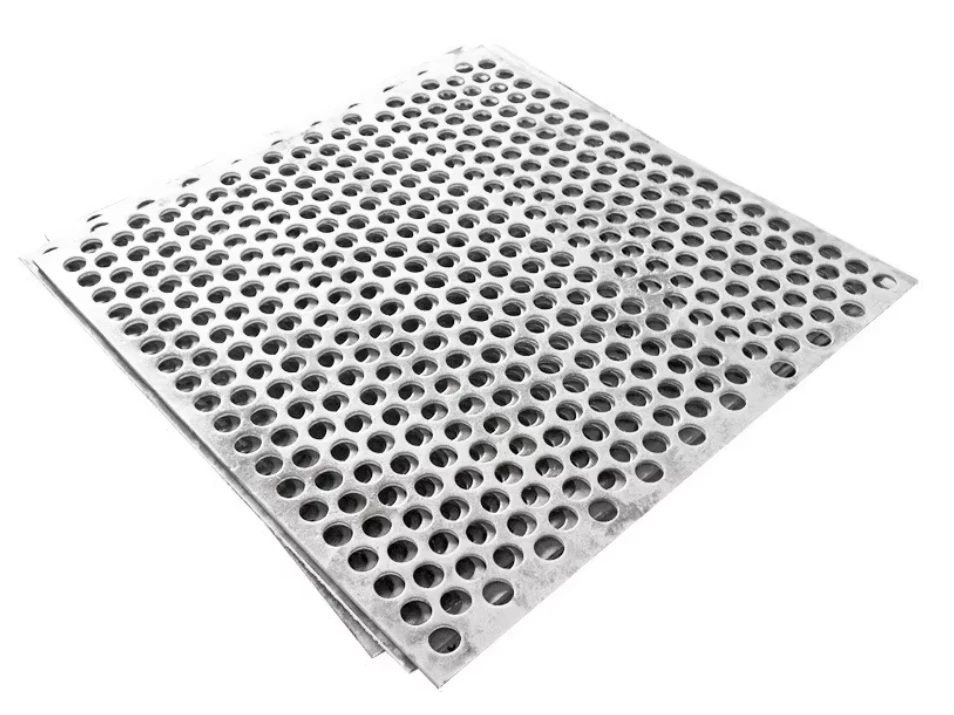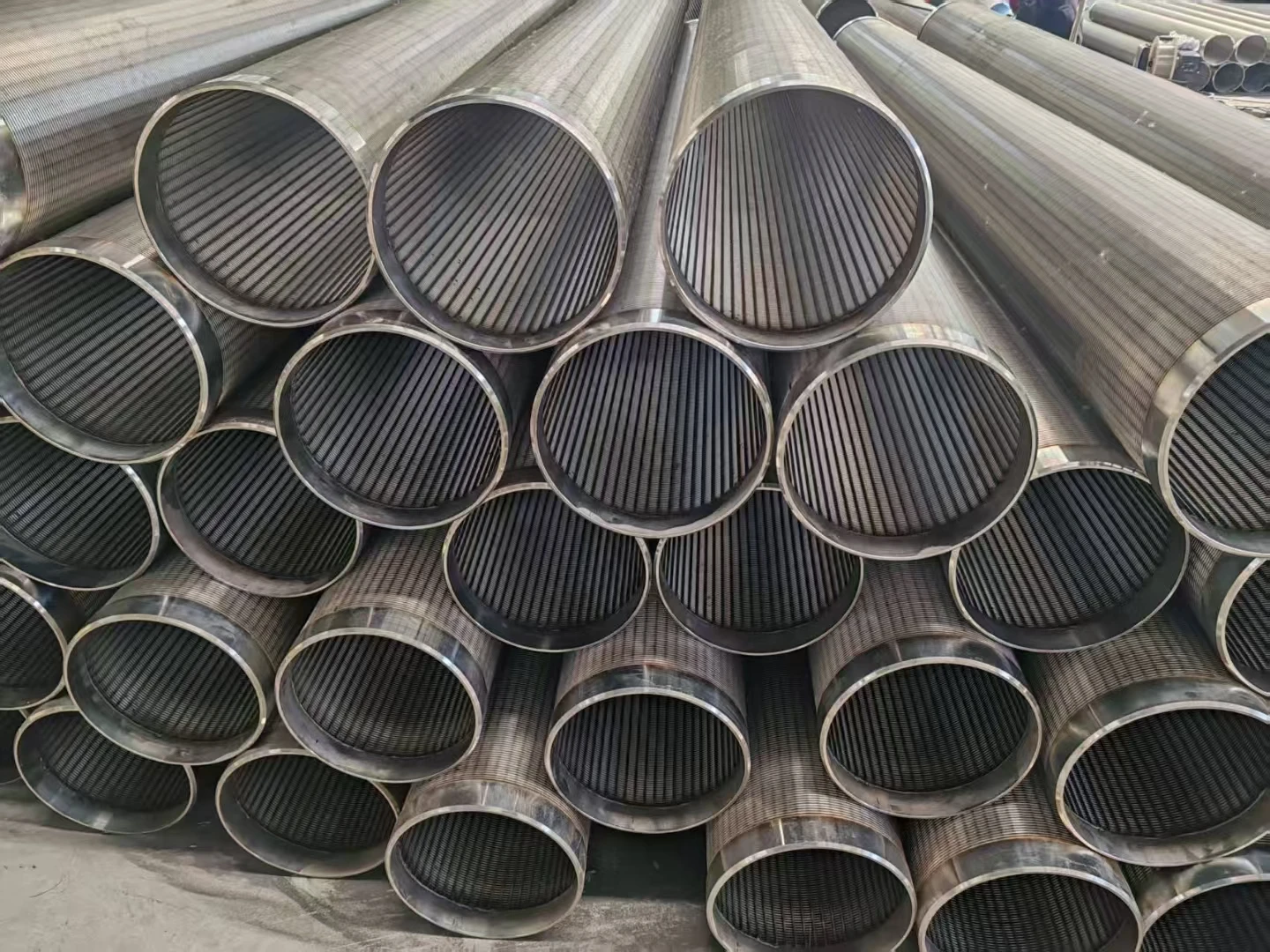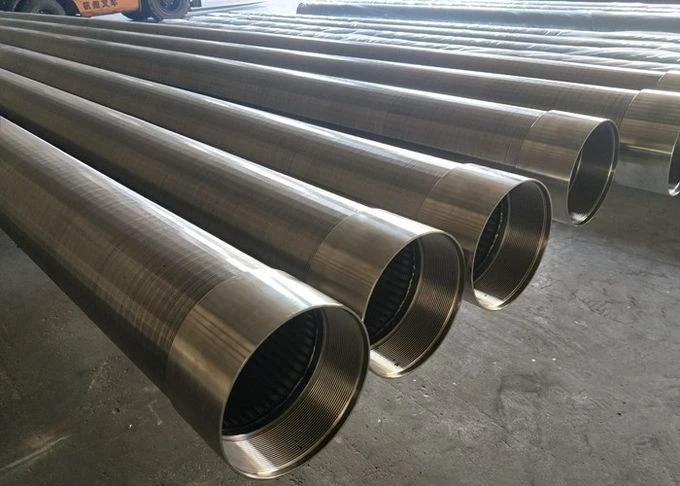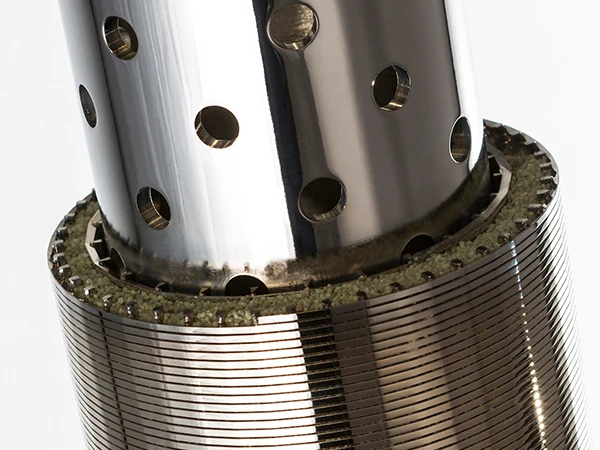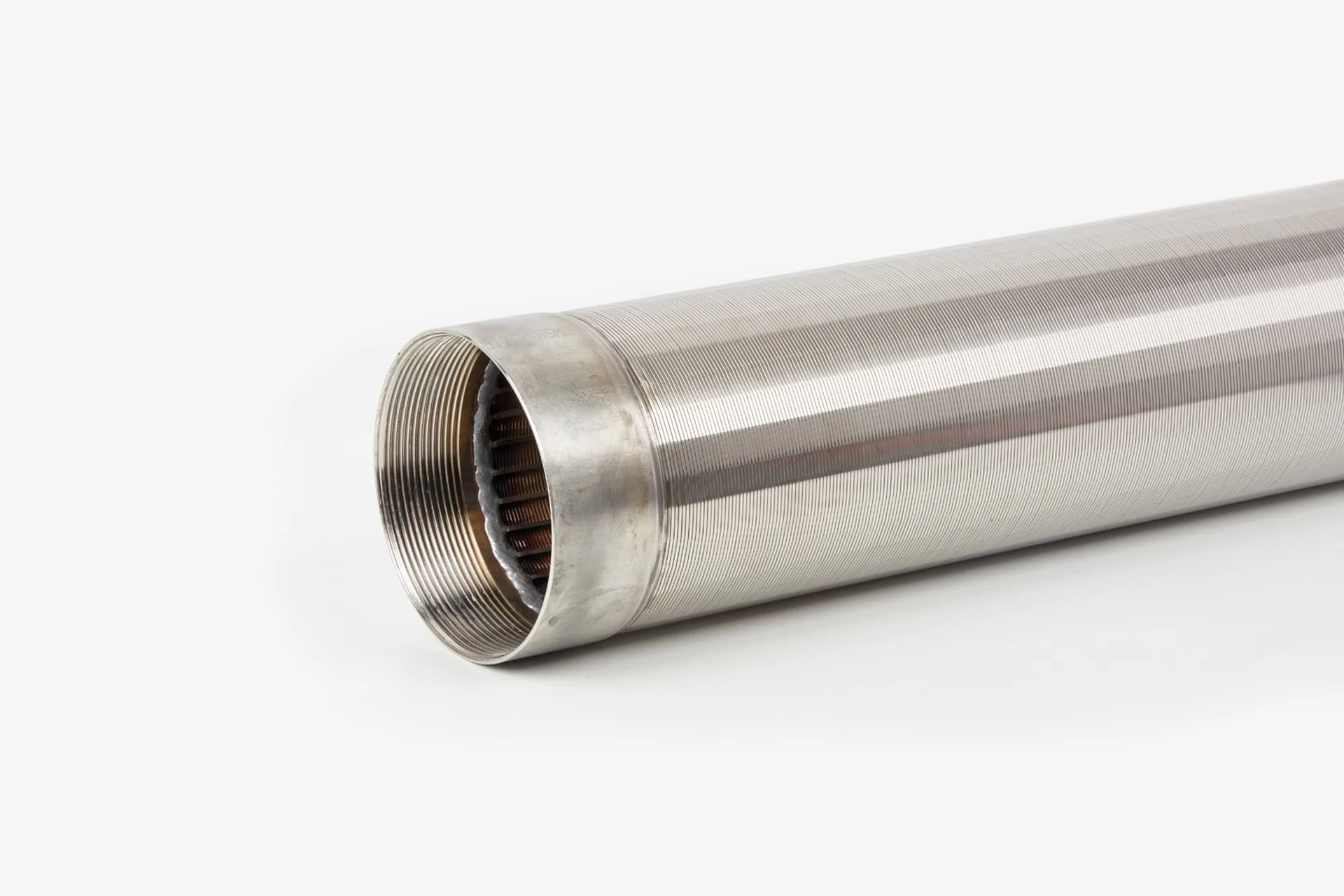- Overview of Bend Screen Technology
- Technical Advantages Over Traditional Solutions
- Performance Comparison: Leading Manufacturers
- Customization for Industrial Applications
- Case Study: Efficiency in Mining Operations
- Durability Testing and Data Insights
- Future Trends in Bend Screen Innovation
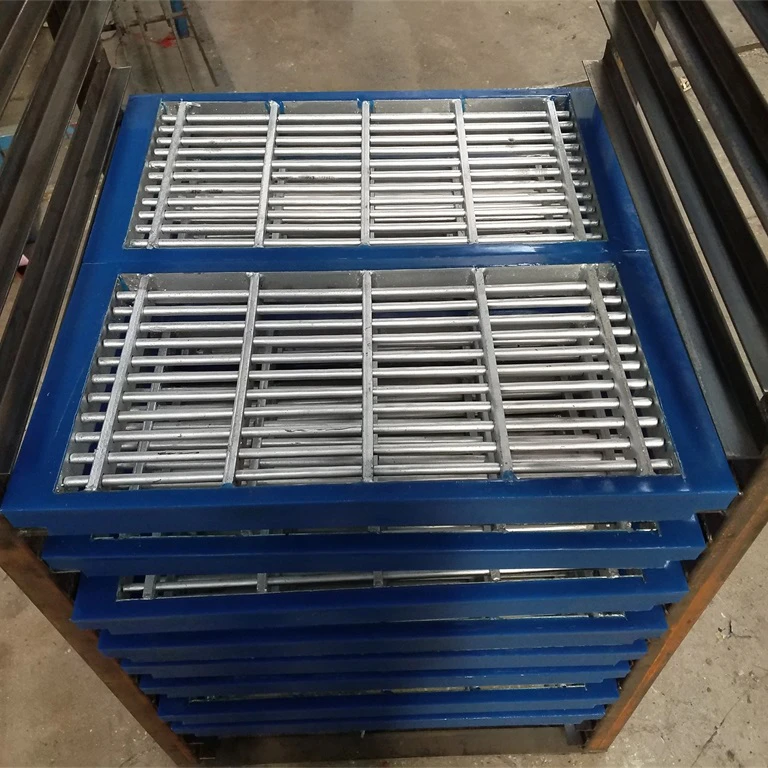
(bend screen)
Understanding the Role of Bend Screen in Modern Industry
Bend screens, particularly sieve bend screen
s and static sieve bend screens, are critical for solid-liquid separation across industries like mining, agriculture, and wastewater management. These screens leverage curved surfaces to enhance particle retention, achieving up to 98% separation efficiency. Unlike flat screens, their design reduces clogging by 40% while handling feed rates exceeding 500 m³/h. Global adoption has grown by 12% annually since 2020, driven by demands for higher throughput and lower maintenance.
Technical Advantages Over Traditional Solutions
Bend screens outperform linear vibrating screens in three key areas:
- Material Resilience: Polyurethane or stainless steel construction resists abrasion, extending lifespan by 3–5 years.
- Energy Efficiency: Static operation cuts power consumption by 30% compared to motorized alternatives.
- Adaptive Geometry: Adjustable curvature (30°–180°) accommodates particles from 10 µm to 50 mm.
Performance Comparison: Leading Manufacturers
| Manufacturer | Screen Material | Max Capacity (m³/h) | Customization | Price Range ($) |
|---|---|---|---|---|
| Company A | Polyurethane | 720 | Yes | 2,500–4,000 |
| Company B | Stainless Steel | 650 | No | 3,200–5,100 |
| Company C | Hybrid Composite | 850 | Yes | 4,800–7,500 |
Customization for Industrial Applications
Tailored sieve bend screens address specific operational needs. For example:
- Mining: Reinforced edges for handling 200–300 kPa slurry pressure.
- Agriculture: Wider apertures (5–15 mm) to separate grains from stalks.
- Wastewater:
Modular designs allow rapid aperture adjustments, reducing downtime by 25% during material changes.
Case Study: Efficiency in Mining Operations
A Chilean copper mine replaced linear screens with static sieve bend screens, resulting in:
- Throughput increase from 480 to 610 m³/h
- Maintenance intervals extended from 2 weeks to 45 days
- Annual CAPEX savings: $220,000
Durability Testing and Data Insights
Third-party stress tests on bend screens revealed:
| Test Parameter | Result | Industry Average |
|---|---|---|
| Abrasion Resistance | 9,200 hours | 6,500 hours |
| Chemical Corrosion | No degradation (pH 1–13) | Limited to pH 3–11 |
Why Bend Screen Technology Shapes Industrial Progress
As industries prioritize sustainability, sieve bend screens reduce water usage by 18% in mineral processing and cut waste by 22% in food production. With 67% of plants planning upgrades by 2025, bend screen adoption will continue driving operational efficiency through static separation and modular architectures.

(bend screen)
FAQS on bend screen
Q: What is a sieve bend screen used for in industrial applications?
A: A sieve bend screen separates solid particles from liquids using curved screening surfaces. It’s ideal for dewatering, classification, and filtration in industries like mining and wastewater treatment.
Q: How does a static sieve bend screen differ from other screening systems?
A: Static sieve bend screens operate without moving parts, relying on gravity and material flow. They offer low maintenance and high durability compared to vibrating or rotating screens.
Q: What materials are bend screens typically made from?
A: Bend screens are often constructed from stainless steel, polyurethane, or wedge wire. Material choice depends on corrosion resistance, wear tolerance, and application requirements.
Q: Can sieve bend screens handle abrasive materials effectively?
A: Yes, sieve bend screens with wear-resistant materials like polyurethane excel with abrasive slurries. Their curved design minimizes particle clogging and extends service life.
Q: What factors determine the efficiency of a static sieve bend screen?
A: Efficiency depends on screen aperture size, flow rate, and material properties. Proper slope adjustment and surface texture also optimize separation accuracy and throughput.









